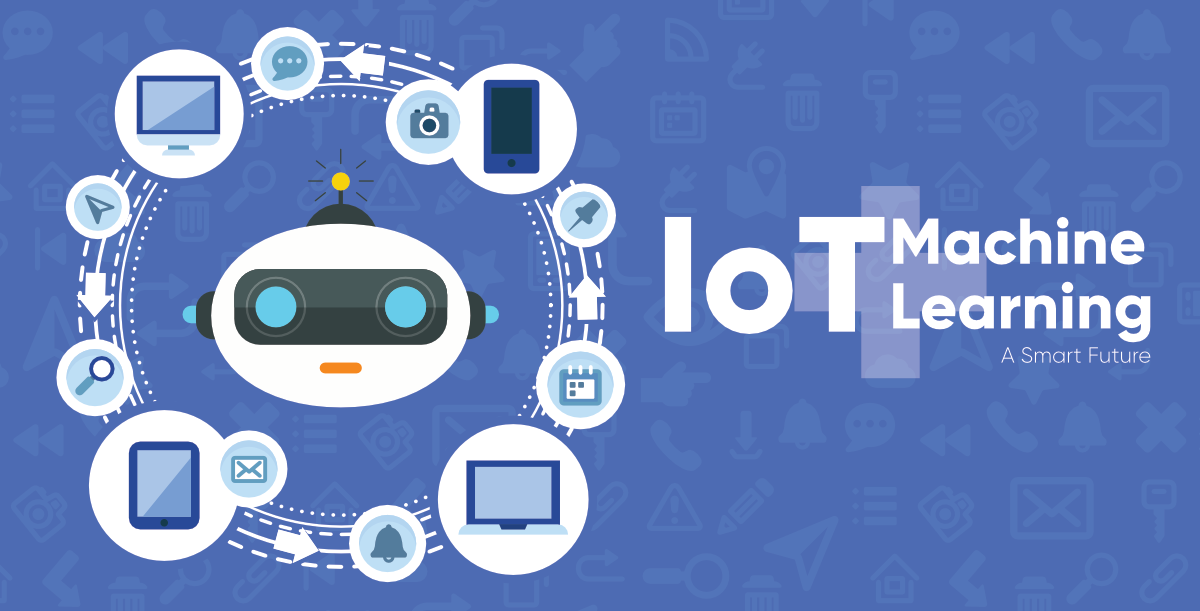Combining IoT and Machine Learning makes our future smarter
Last Updated :
30 May, 2019
Internet of Things (IoT) has been a hot topic among people for quite a while now. Although it hasn’t imploded just yet, but it surely is moving towards that direction. It has given our inanimate physical world as Dr. Judith Dayhoff says “a digital nervous system“. But this technology in its current state is far from perfect. All it’s current applications from smart coffee maker to smart wearables have atleast one shortcoming common to them. All these equipment require manual input to obtain optimal function. This may not seem like a disadvantage on the first glance but if we ponder about it, this seems more clear.
These devices act almost like an extension of the human body. Since we humans follow a very “random” lifestyle, the hard-encoding of smart devices does not seem the logical way. For example, Let us assume that on a typical day, I wake up on 8:00 am and I want my coffee exactly 15 minutes after I wake up. Naturally, I encode my smart coffee maker to start brewing at 8:15 am. But this will be an optimal setting only if I am a disciplined person and I follow my morning schedule to the highest order of strictness. But such a discipline cannot be exhibited by everyone. Therefore, on aggregate this hard-encoding will not exhibit optimal functionality.

The solution to the above and many similar problems is to incorporate machine learning in the process.
Machine learning will allow these smart devices to be smarter in a literal sense. It can analyze the data generated by the connected devices and get an insight into the human’s behavioral pattern. This will make the devices feel a little bit more like an assistant and a lot less like a liability which has to be encoded.
Let us incorporate Machine Learning into our above example.
In this situation, my alarm clock and my coffee maker will be connected in the true sense. As I continue to use this setup of devices, the Machine Learning model will learn about my behavior over a period of time. So whenever I snooze my alarm, my coffee machine will detect this and accordingly change it’s brewing time.
Continuing with the above example, if I connect my Google maps application with my alarm clock using IoT hardware, then the setup can dynamically change my waking up time depending on the amount of traffic that is present on my route to work.
The incorporation of Machine Learning will also be using be used for group optimization.
The cars of the future can be installed with a “smart” IoT system which can thus allow the cars to “communicate” and coordinate the traffic accordingly.
Coming off the back of some hypothetical situations, here is a look at some present-day applications:
- Predictive Maintenance: Siemens, in 2017, launched an “Internet of Trains” project. Under this, Siemens has embedded sensors in trains and tracks in Spain, Russia and Thailand. Using the data from the sensors, they trained a Machine Learning model to identify signs when or if the train or track were failing. They then use the gained insight to do targeted repairing in areas which require it the most.
- CCTV surveillance: This is probably the largest in scale present-day example of IoT with Machine Learning. This has allowed facial recognition software to be used in tandem with the reach of CCTV cameras. In many cities and airports, such a setup is being used to detect wanted criminals and terrorists. This technology has its downsides and its primary issue are concerns about people’s privacy. Because of such a reason, this technology has been recently banned in San Francisco.
- Predictive Supply Chain: As organizations today have a lot of data and insight into their customers’ behaviors, they are using this insight to change their inventory accordingly. The pioneers of this application today are Walmart and Uber.
Share your thoughts in the comments
Please Login to comment...